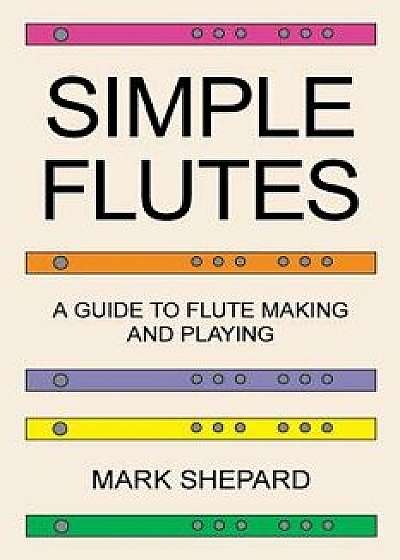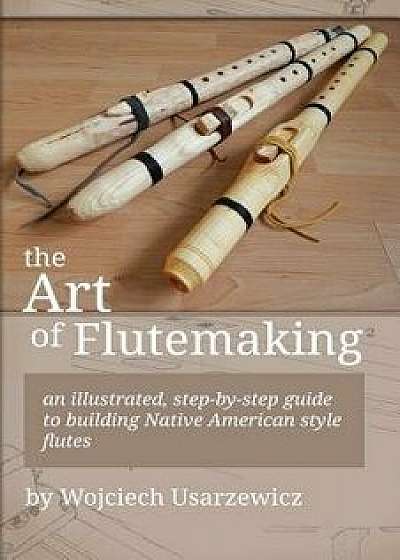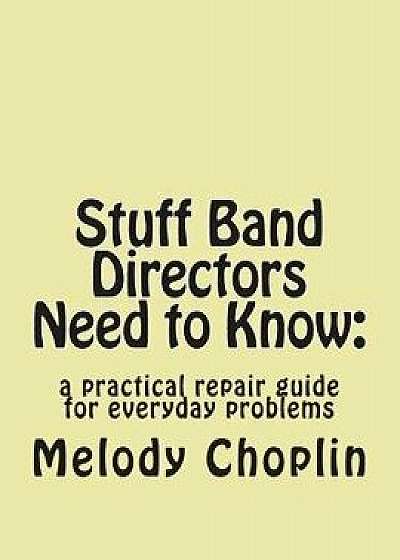
Simple Flutes: A Guide to Flute Making and Playing, or How to Make and Play Simple Homemade Musical Instruments from Bamboo, Wood, Cl, Paperback/Mark Shepard
Descriere
Simple flutes of bamboo, wood, metal, plastic, or clay can be a joy to play and make. This book gives you the basics of simple flute playing, then offers guidelines for making flutes of your own from a variety of materials. It even includes a handy chart for "where to put the holes." "Simple Flutes" is a must for simple flute players and makers //////////////////////////////////////////////////// Mark Shepard is the author of "How to Love Your Flute," hailed by Paul Horn as "a model for our times," as well as the craft guide "Simple Flutes." For many years, he was a professional artisan, making and selling flutes of bamboo or plastic. //////////////////////////////////////////////////// "Contains the essense of a tremendous amount of experience." -- Sam Hinton, Sing Out "An excellent overview." -- Monty Levenson, Tai Hei Shakuhachi "A slim, elegantly presented, and highly practical guide. . . . First-rate, user friendly." -- Midwest Book Review, Aug. 2002 "This thin volume contains a wealth of information." -- Linda Dailey Paulson, Dirty Linen, Oct.-Nov. 2002 //////////////////////////////////////////////////// CONTENTS 1 PLAYING The Sound The Hands The Notes Second Octave Sharps and Flats Breath and Tonguing Making Music Flute Care 2 MAKING Flute Qualities The Flute Tube The Mouthhole The Fingerholes Tuning Stoppers Finishes Plastic Bamboo Wood Clay Metal Other //////////////////////////////////////////////////// SAMPLE Here are the two most important rules for tuning: -- A hole will give a higher note if it is placed closer to the mouthhole. It will give a lower note if placed farther away. -- A hole will give a higher note if made larger. It will give a lower note if smaller. These rules mean you can "raise" a note by enlarging the hole or by placing the hole closer to the mouthhole. You can "lower" the note by using a smaller hole or by placing the hole farther from the mouthhole. It also means you can change the hole size and its placement without changing the





